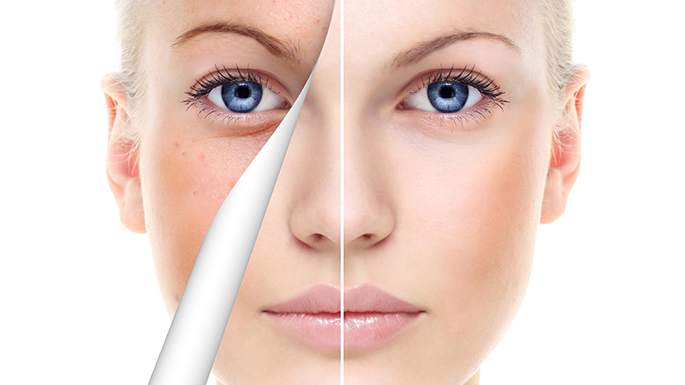NON SURGICAL
HOME / NON SURGICAL
Non Surgical Facial Procedures
Non Surgical Body Procedures
Chemical Peels

Your skin consists of a top layer called the epidermis and dermis that is beneath it. The dermis has two distinct stratums known as the papillary dermis and reticular dermis. The 2 outer coatings of skin (epidermis and papillary dermis) are susceptible to renewal without scarring or damage. Chemical peels work using a specific chemical solution that works to do away with the damaged outer layers of skin. The remaining skin has a brighter and more youthful appearance after the procedure. Chemical peels are often the perfect choice for patients who wish to eradicate fine lines and even out skin tone irregularities caused by blemishes, sun damage, and pigment abnormalities. They have also been successful in the treatment of acne some superficial forms of skin cancer. Chemical peels have also been used in conjunction surgical procedures to obtain best possible level of facial rejuvenation. After a surgical procedure to enhance, a chemical peel may be used to add the “finishing touches” by resurfacing the skin. Chemical peels are categorized as “superficial”, or “deep peels” “medium depth” according to the level of skin cells removed. The surgeon will choose the strength of peel depending on skin type and severity of damage to the skin.
‘Superficial chemical peels’ as the name implies were created to exfoliate less severe superficial skin irregularities. These peeling agents are usually alphahydroxy acids (AHAs) or trichloroacetic acid (TCA) both mild in the peeling action. healing from these peels generally takes under two weeks. The ‘medium depth peels’ are design for patients with “ non-dynamic wrinkles” also known as static wrinkles. Healing from this level peel takes a bit longer. The peeling mediators comprise straight TCA peels, a non-toxic chemical that has acids akin to that found in vinegar. In medium depth peels a fifty percent, TCA is used, along with Phenol peels created from carbolic acid.
The ‘deep chemical peels’ go deeper into the skin and cause a” burn” of the damaged layers. The results of this type of peels are exceptional. The result is skin that is brighter, better textured and more youthful in appearance. These peels carry the higher risk of complications as well as a longer recovery time.
CONSULTATION AND TREATMENT
Your doctor will host an in- depth consultation to discuss your health, medical history, and desired results. They will evaluate your complexion, skin condition, and depth, degree of weathering and severity of wrinkling as well as sagging and loose skin related to aging. After a complete evaluation, your doctor will devise a plan of chemical peel right for you.
PREPARING FOR YOUR PROCEDURE
Your doctor may have you ’prime” your skin several weeks prior to peeling. Using a low dose retinol product can help develop the skins tolerance to peels as well as improve skin quality . This step helps skin to respond better to peels and enhances the outcome.
Before the applying the peel, your face will be deep cleaned with a special solution to remove oils and open the pores for intense penetration. Once the chemical peel is spread over your skin, it seeps into the first layer (papillary dermis) of skin and works to clear away the epidermis. A chemical peel takes only 15 to 20 minutes for results, and requires no anaesthesia.
RECOVERY AFTER A CHEMICAL PEEL
recovery time depends on the type of chemical peel you choose. A deep peel may require a light dressing to protect the face for several days. Swelling, scabbing, swelling or redness is not uncommon. You r doctor can suggest skin ointments to help alleviate these symptoms. You will be advised to avoid exposure to the sun and to avoid extreme temperature changes. If you experience redness, a prickly sensation, unusual pain, or major irritation, contact your surgeon immediately. Over time (a few days to weeks), new skin will grow, and as it surfaces you will look younger, fresh-faced and rejuvenated. with reduced wrinkling and other irregularities. No matter what peel you will undergo, you are advised to use a good sun block with both UVA and UVB protection, especially during the first few weeks when your skin is still “new” and has redness.

